Written by: Sasha Becker, MD (NUEM ‘27) Edited by: David Cook, MD (NUEM ‘25)
Expert Commentary by: Matt Levine, MD
Expert Commentary
Thank you Drs. Becker and Cook for providing a handy concise guide to Massive Transfusion Protocol.
Some of the indications may not seem obvious when the patient first arrives. In addition to the listed indications, be on alert for MTP use whenever you hear of prehospital hypotension (even if transient) in a bleeding patient and any recurrent hypotension after initially responding to blood or fluids. The SBP<90 indication is probably too low for most elderly patients.
Such protocols are valuable because they expedite preparation of large amounts of blood products (remember FFP needs to be thawed) and reduce several cognitive loads from the clinician such as:
· Having to keep track of what products to give and in what ratio
· Entering many orders for repeat products
· What labs to check and when
It is important for the provider not to be overburdened with such tasks so that attention can be allocated to other big picture issues such as bedside procedures, diagnostic workup, and most importantly hemorrhage control! Remember that MTP is not definitive care for the bleeding patient, hemorrhage control is! This must not get lost in the busy multitasking and planning in the care of these patients.
At our institution, activating MTP requires an order, a call to blood bank, and a provider contact for ongoing communication with the blood bank. That contact should be one of the primary nurses who will be continuously with the patient, not one of the physicians. Use of MTP will also require communication after each “batch” of products whether to prepare and proceed with the next batch. TXA is not currently built into our MTP so someone has to think to give it. Thanks to our ED pharmacists for catching this when the docs don’t!
It is important to frequently reassess the patient’s hemodynamic status so that MTP can be stopped after it has reached its goals. This can be easier said than done with the freight train of momentum generated when it is activated. Avoid transfusing patients to supratherapeutic blood pressures that can dislodge clots and consider “permissive hypotension” in consultation with the trauma team when appropriate.
Matthew Levine, MD Emergency Medicine, Northwestern Memorial Hospital Associate Professor, Feinberg School of Medicine
How To Cite This Post:
[Peer-Reviewed, Web Publication] Becker, S. Cook, D. (2025, June 17). Massive Transfusion Protocol [NUEM Blog. Expert Commentary by Levine, M]. Retrieved from http://www.nuemblog.com/blog/Massive-Transfusion-Protocol














